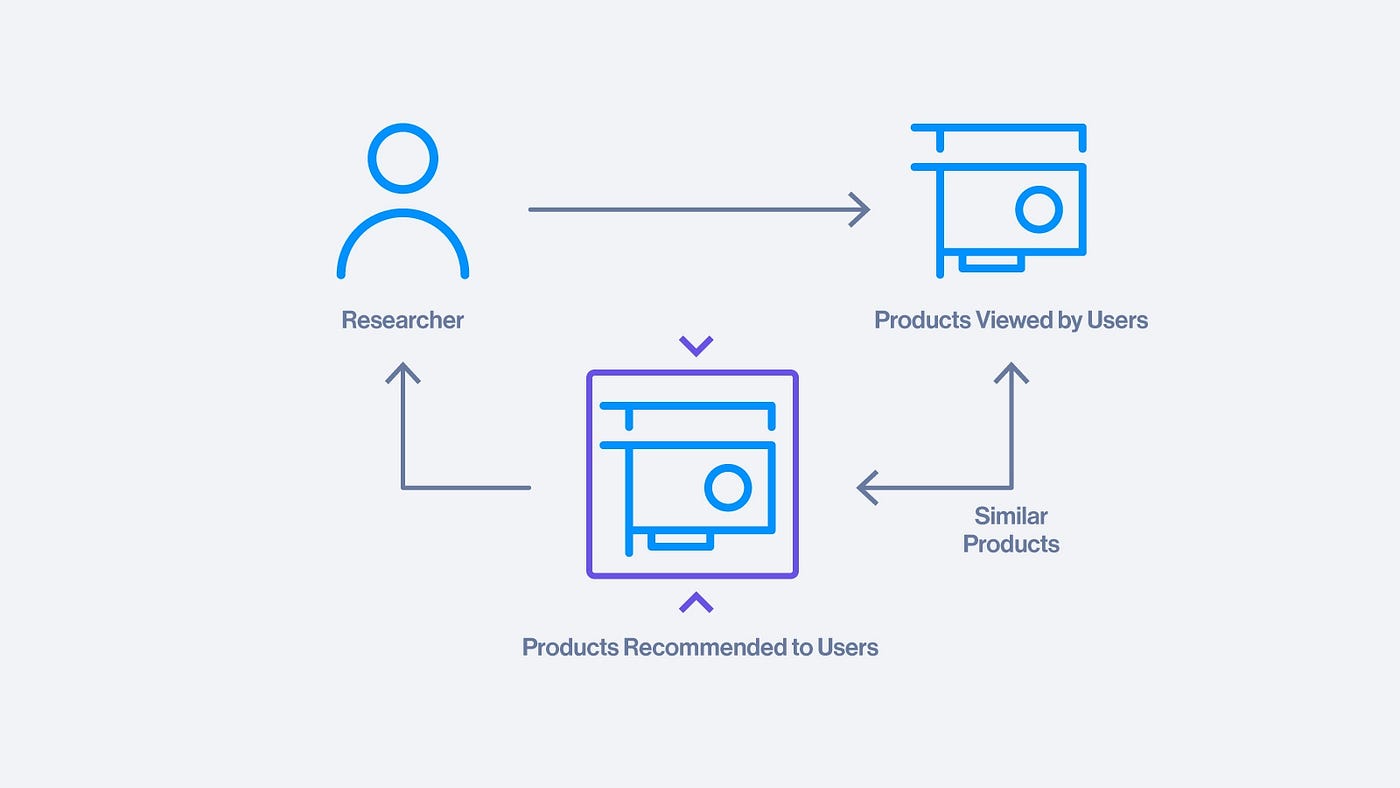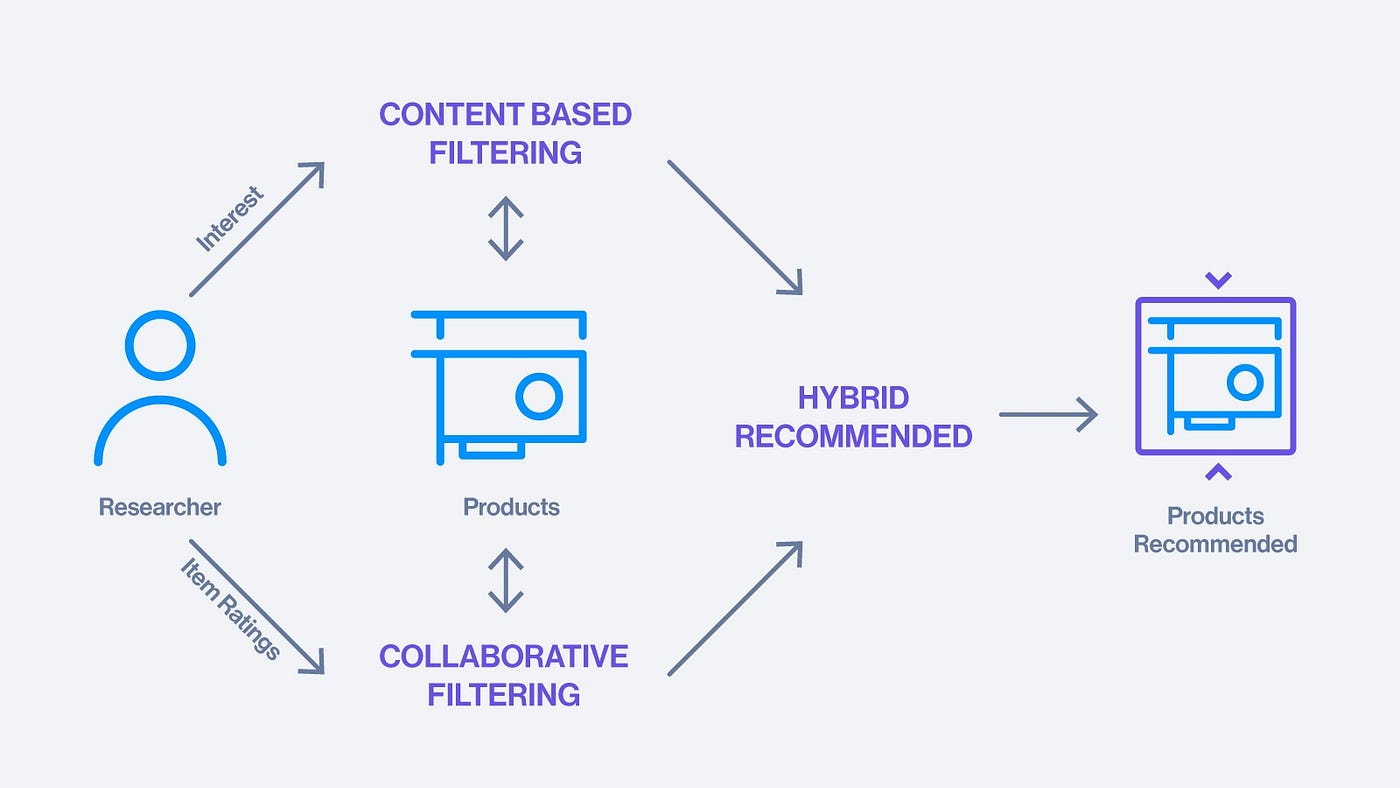


Recommender systems, also known as recommendation engines, are sophisticated software frameworks designed to curate and propose personalized suggestions to users based on prior preferences, interactions, and contextual data. These systems are pivotal in delivering user-centric experiences that not only retain engagement but also drive substantial business value by aligning product offerings with user needs.
Modern recommendation systems serve as critical tools in numerous industries by enabling users to discover relevant content, products, or services efficiently. For instance, platforms like Amazon, Netflix, and Spotify leverage advanced recommendation engines to streamline user journeys, enhance satisfaction, and achieve business objectives. Such systems mitigate choice overload by intelligently narrowing down millions of options to the most relevant subset, thereby enhancing usability and promoting continuous engagement.
At their essence, recommendation systems employ advanced data filtering and learning algorithms to predict user preferences and provide tailored suggestions. These systems rely on detecting intricate patterns and correlations in historical user behavior or similar user cohorts. Their efficacy lies in the ability to generalize these patterns into actionable insights, often using sophisticated machine learning and deep learning models.
The foundation of any recommendation engine is the structured aggregation of data. The nature of this data is context-dependent:
This multi-faceted data, when processed using advanced algorithms, reveals latent preferences and facilitates precise recommendation delivery.
The development of a recommendation system generally follows a structured, iterative lifecycle comprising the following stages:
Recommendation systems rely on a diverse set of algorithms, each optimized for specific use cases:
Collaborative filtering predicts a user’s preferences based on the preferences of similar users or items. It is often categorized into:
While collaborative filtering is effective, it can face challenges like sparsity and scalability in large datasets.

Content-based filtering utilizes item attributes to recommend products similar to those a user has interacted with. Advanced implementations leverage techniques like:
This method, however, suffers from the "cold start" problem when insufficient user data is available.

Hybrid systems combine collaborative and content-based approaches to overcome their limitations. By fusing user behavior data with item attributes, hybrid models achieve higher accuracy and robustness, as seen in platforms like Netflix and YouTube.

Amazon employs a sophisticated hybrid recommendation system that balances user-specific preferences with contextual factors. By dynamically adapting to user interactions, Amazon enhances product discoverability and simplifies decision-making.
Spotify’s recommendation engine uses deep learning to analyze user listening habits, generating personalized playlists such as "Discover Weekly." By integrating collaborative and content-based filtering, Spotify consistently introduces users to new yet relevant music.
Netflix's recommendation system is a cornerstone of its success, driving over 80% of viewed content. Through techniques like matrix factorization and neural collaborative filtering, Netflix optimizes user satisfaction and maximizes content consumption.
Google leverages advanced recommendation algorithms in search, advertising, and YouTube. By analyzing user behavior at scale, Google provides personalized autocomplete suggestions, ad placements, and video recommendations.
While recommendation systems are transformative, their development and deployment require careful consideration of key challenges:
As pivotal tools in the AI and data science landscape, recommender systems exemplify the practical application of advanced analytics in improving user experiences. From e-commerce to entertainment, these systems not only enhance consumer satisfaction but also drive significant business outcomes. For researchers and practitioners in the field, the continual evolution of algorithms and architectures presents a wealth of opportunities to refine and innovate. By addressing existing challenges and integrating emerging technologies, recommendation systems will remain at the forefront of AI-driven personalization.

Get the latest articles on AI, development, and more delivered to your inbox
POST COMMENT